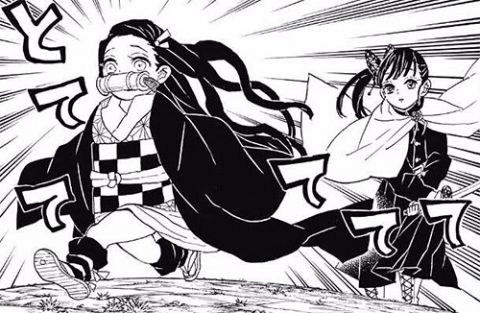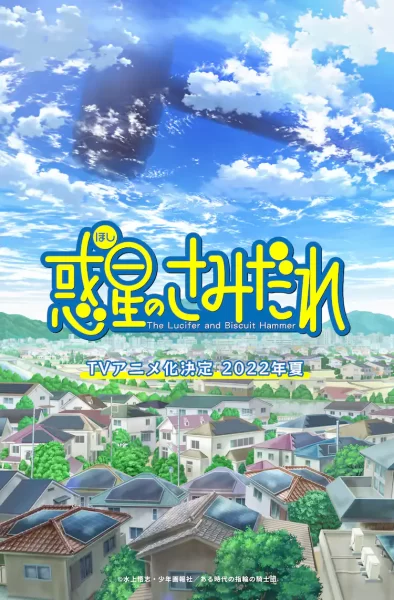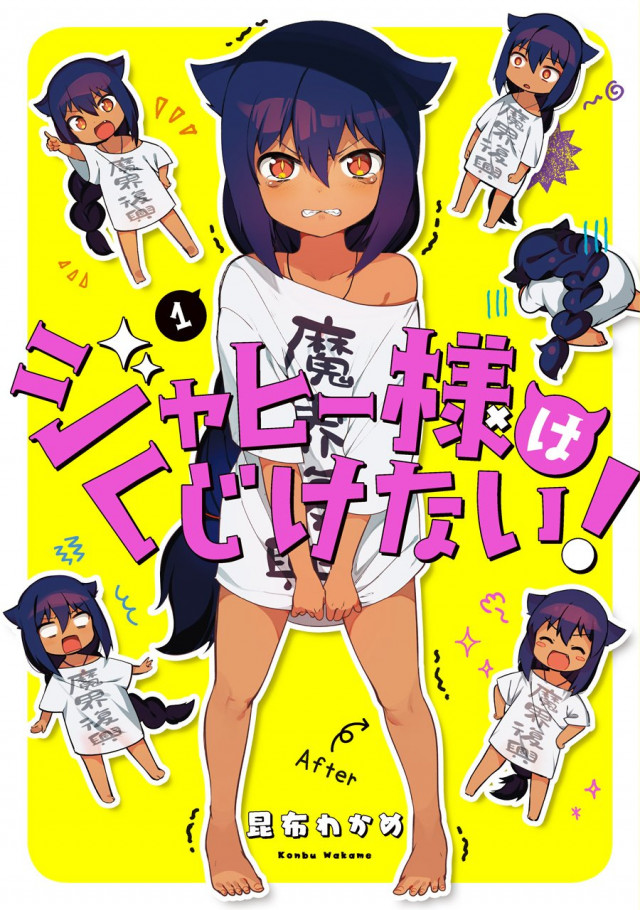Scheduled to air from April 2023, Goddess Cafe Terrace is based on a manga serialized in Weekly Shonen Magazine, and the animation is produced by Tezuka Productions. Today, we'd like to introduce you to Seo Kouji, the creator of Goddess Cafe Terrace, and the production company, Tezuka Productions!
What is Seo Kouji's profile?
3年ぶりに実家に帰ったら5人の女神様が住み着いてた話(1/19) pic.twitter.com/ttlIgUjil8
— 瀬尾公治 (@seokouji) July 22, 2021
Seo Kouji is a manga artist from Shobara City, Hiroshima Prefecture. His blood type is O. He made his debut in 1996 with "HALF & HALF," winning an honorable mention in the Newcomer Manga Award in Magazine FRESH. He later worked as an assistant to Oshima Tsukasa, the creator of "Shoot!". The blood type of all of the main characters in the series is O, the same as the author, Seo Kouji.
A long-standing and prominent author of Weekly Shonen Magazine!
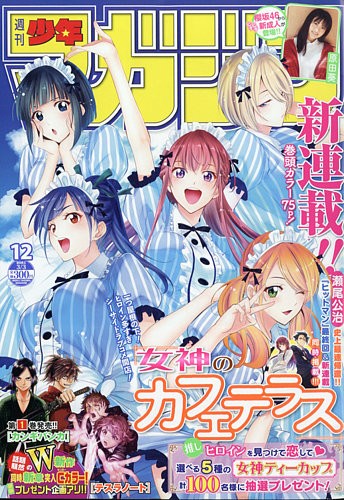
Koji Seo serialized "W's ~Doubles~" in "Magazine SPECIAL" from 2000. After the serialization ended, the story moved to "Weekly Shonen Magazine" and ran "CROSS" from 2002 to 2003. He serialized "OVER," "Suzukaze" from 2004 to 2007, "Kimi no Iru Machi" from 2008 to 2014, "Kazeha" from 2014 to 2018, "Hitman" from 2018 to 2021, and has been serializing "Megami no Cafe Terrace" since 2021. He has been active in magazines for a total of 20 years. Of the above works, "Suzukaze," "Kimi no Iru Machi," and "Kazeha" have also been made into anime.
You never know when he's taking a break! Seo Kouji is an iron-fisted writer!?
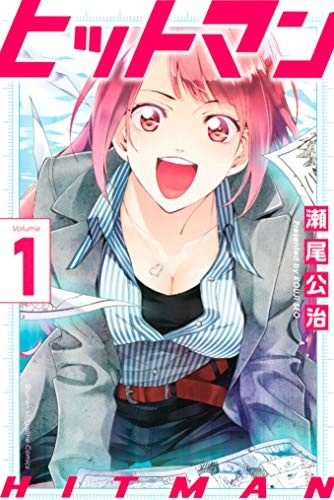
It's often said that serializing a manga weekly is extremely demanding, and there's been no end to the number of manga artists who have lost motivation and developed depression, or who have been forced to take a break due to back and neck strain from continuing to work the same schedule. However, there seem to be a few masterful artists who continue to draw with gusto, and it's fair to say that Kouji Seo is one of them.
An Unusual Measure!?
Usually, a work is serialized some time after its serialization ends, but in this case, the first chapter of his next work, "Kazeha," was published simultaneously with the end of his third magazine serialization, "Kimi no Iru Machi," and his sixth work, "Megami no Cafeteria," was published simultaneously with the end of his fifth work, "Hitman." Furthermore, in parallel with his weekly serialization, he is serializing "Princess Lucia" in Monthly Comic Blade, and "Love Plus Rinko Days" and "Half & Half" in Bessatsu Shonen Magazine.
What are Seo Kouji's writing style and characteristics?
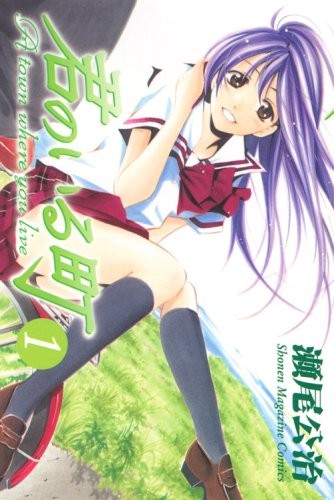
The art style has remained virtually unchanged throughout the 20 years of serialization, and the female characters are of such high quality that they are immediately eye-catching. The story is a romantic comedy about two adolescent students, characterized by romantic conflicts, misunderstandings, and hardships that lead to mutual growth and the development of their relationship. However, perhaps because the story follows a set pattern from previous serialized works, there was also the problem that most of the plot developments were predictable. Perhaps because of this, the fourth work, "Kazeha," featured a plot twist that even the author did not anticipate at the beginning of the series, causing a stir.
The heroine is killed off in the fourth work, "Kazeha"!!
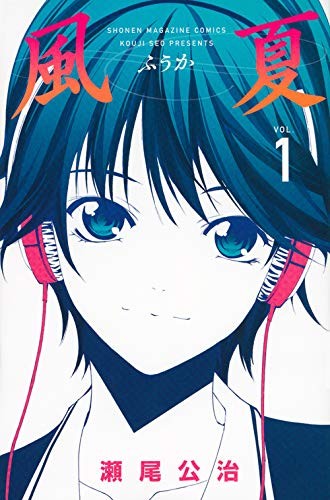
Since this was originally a sequel to the second film, "Suzukaze," the heroine was set to be the daughter of the protagonist and heroine of "Suzukaze." Perhaps because the story's underlying framework is similar to the previous film, or perhaps to avoid a repetitive plot, the heroine dies and leaves the story midway through. She's a relative of the protagonist from the previous film, and it wasn't originally planned for her to die, even if she was in an accident. However, it was decided to have her leave the story because it would have made the plot too predictable. Later, in "Kazeha," a new heroine takes over the role, but in the anime that aired in 2017, her fate changes and she doesn't die.
The anime "Megami no Cafetera" is produced by Tezuka Productions!
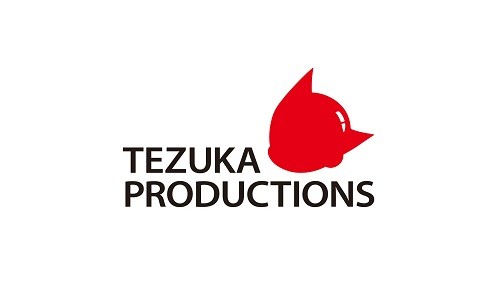
The anime "Megami no Cafetera" is produced by Tezuka Productions! Tezuka Productions was founded by Osamu Tezuka in 1961 to produce animation. At the time, the animation production division was called Mushi Productions, and Tezuka Productions was established for the purposes of manga production and copyright management. Although they have the same origins, Tezuka Productions and Mushi Productions are now separate companies.
What is the difference between Tezuka Productions and Mushi Productions?

Tezuka Productions originally produced manga and managed copyrights, while Mushi Production produced animation. Later, Tezuka Productions established an animation department and handled subcontracting for Mushi Production. Mushi Production, on the other hand, went bankrupt due to a lack of profits, primarily due to a sloppy management structure, and this led to major labor issues. Mushi Production was subsequently re-established in 1977, primarily by former staff. Despite the impact of the turmoil, Tezuka Productions survived and is currently working on new IP projects.
The director of "Megami no Cafe Terrace" is Satoshi Kuwabara!
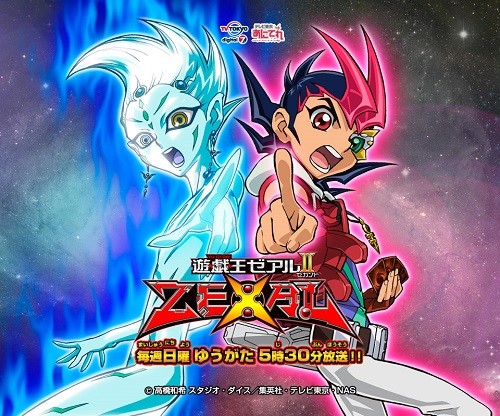
The production director of Goddess' Cafe Terrace is Satoshi Kuwabara! He joined Tezuka Productions and worked on storyboards and direction. His directorial debut was "Tezuka Osamu Has Disappeared!? The 20th Century's Last Mysterious Incident," produced in 2000, and his first TV series was "Yu-Gi-Oh! ZEXAL," broadcast in 2011. Other titles he has directed include "The Quintessential Quintuplets" (season 1), broadcast in 2019, and "Adachi and Shimamura," broadcast in 2020.
What other titles has Tezuka Productions produced?
Black Jack
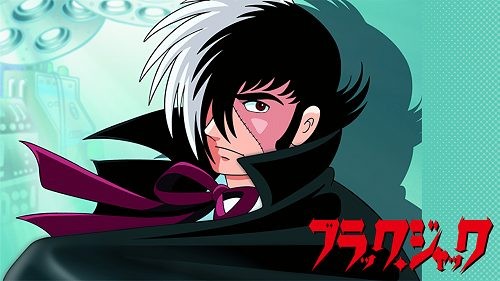
This anime is based on Osamu Tezuka's manga "Black Jack." It aired from 2004 to 2006. It's a story about life and death, featuring the protagonist, Black Jack, a genius surgeon with godlike skills despite not having a medical license. It's one of Tezuka's most well-known works, and a landmark in the medical manga genre, which has since become a genre of its own. Perhaps reflecting the current social climate, the anime has replaced some of the content and altered some of the settings from the original manga.
Dororo
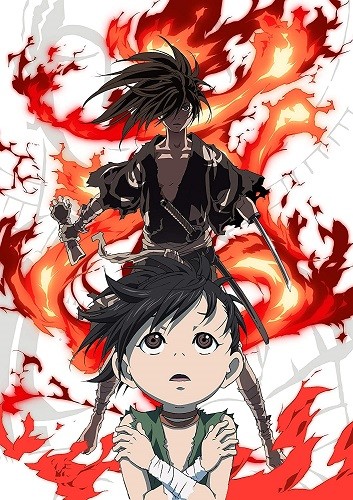
This anime is based on Osamu Tezuka's manga "Dororo." There is a 1969 version co-produced by Mushi Productions and Fuji TV, and a 2019 version co-produced by Tezuka Productions and MAPPA. Daigo Kagemitsu, the lord of the Daigo Province, prayed to twelve demons for the prosperity of his territory. In return, a child was born with twelve missing parts of his body. The child was washed down a river, but was later found, named Hyakkimaru, and survived with the aid of prosthetic limbs. Afterwards, she embarks on a journey with Dororo, a child she meets by chance, to defeat demons and regain her body. Although she regains her body with each demon she defeats, disasters begin to befall the land of Daigo, which has lost its protection, and she finds herself at odds with her own family.
The Quintessential Quintuplets
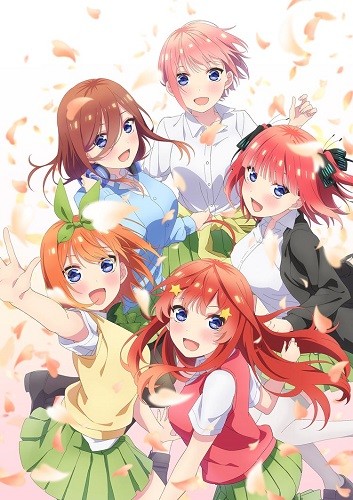
This anime is based on the manga that was serialized in Weekly Shonen Magazine from 2017 to 2020. Despite his excellent grades, Uesugi Fuutarou lives in extreme poverty due to his family's debts. He takes a part-time job as a tutor for a wealthy young lady. However, his goal is to help a group of beautiful quintuplets who are on the verge of failing their classes. In order to repay his debts, Fuutarou must interact with the quintuplets and mentor the unmotivated sisters. Tezuka Productions only produced the first season, while Vibury Animation Studio produced the second season and the movie.
[Goddess' Cafeterrace] Summary of the Author and Production Company
We've put together information about Goddess' Cafeterrace, the author of Kouji Seo, and its production company, Tezuka Productions! The setting is similar to The Quintessential Quintuplets, which was serialized in Magazine and became a huge hit as an anime, making it easy to understand and well-suited for anime. This work could be a hit anime in the next Magazine!

